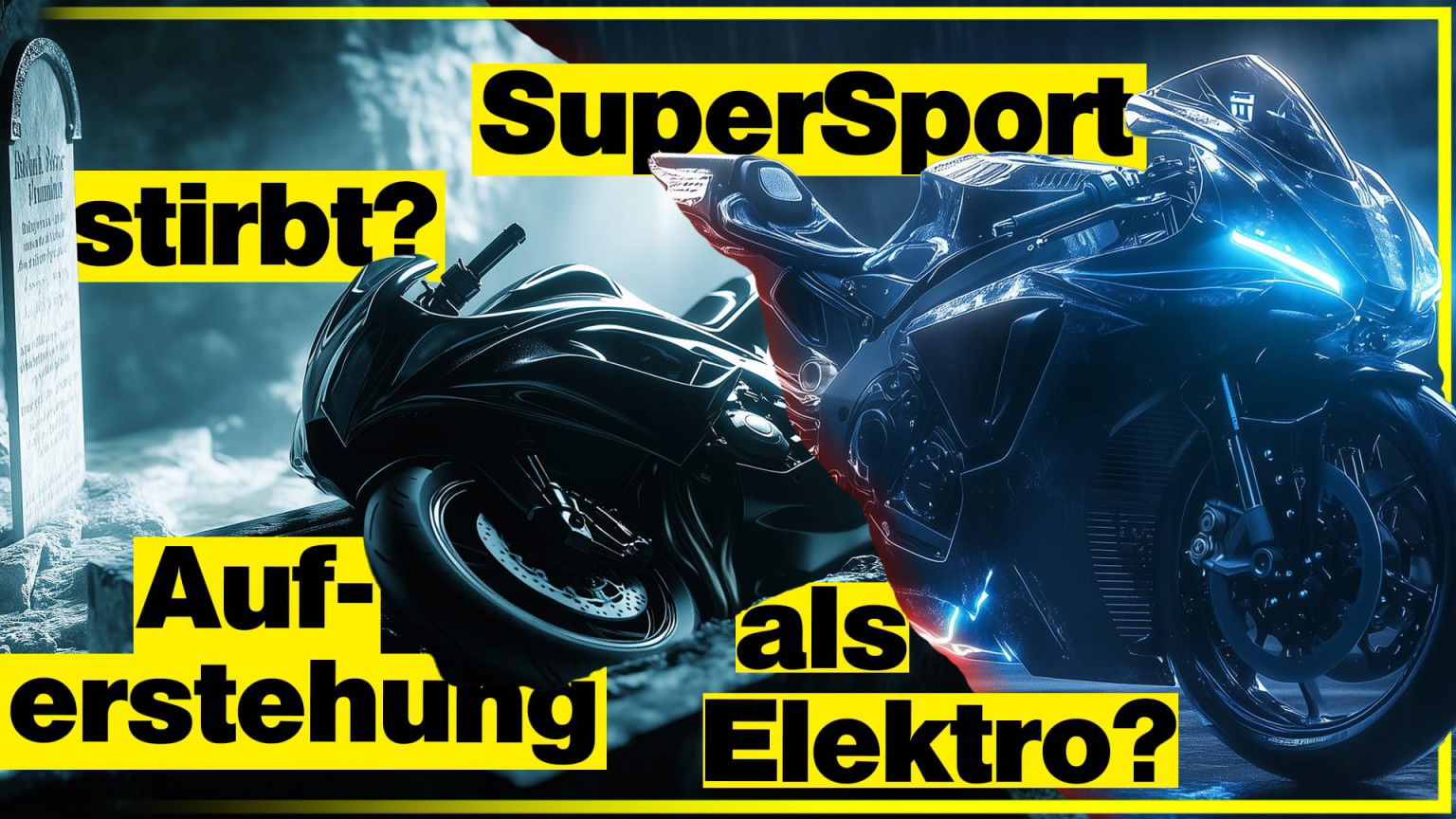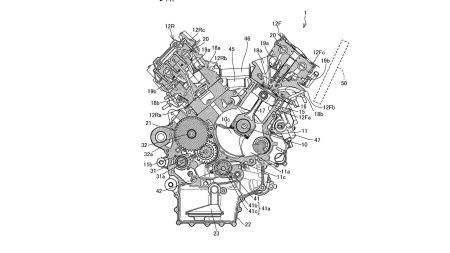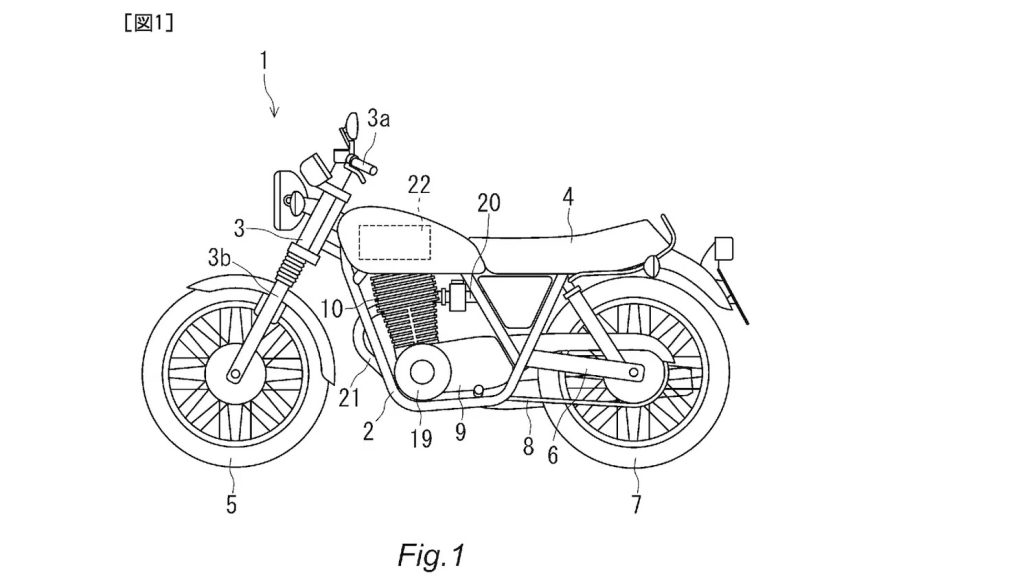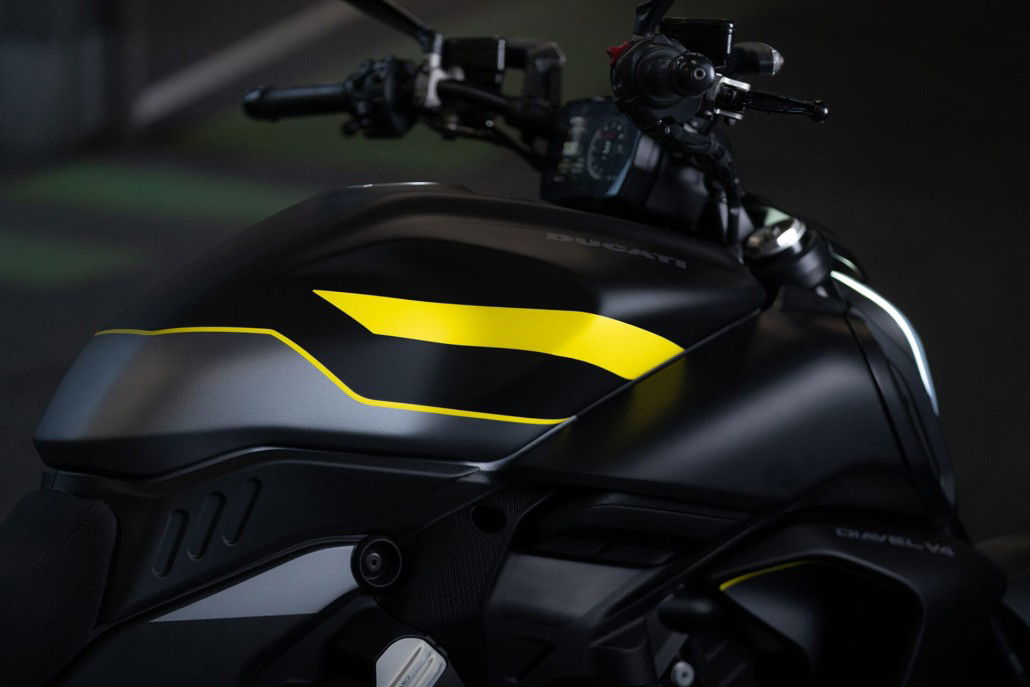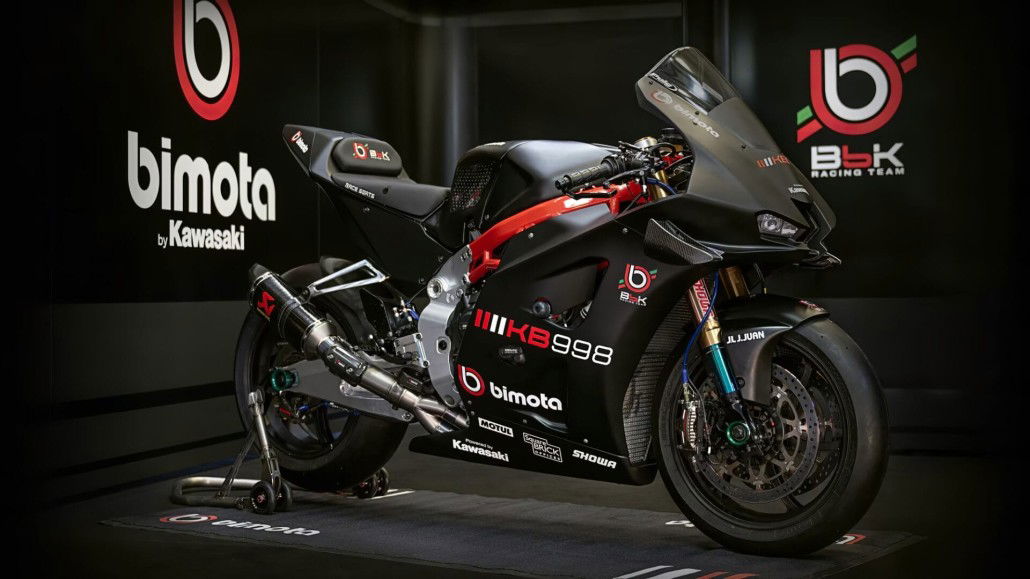The change in the supersport class
For a long time, the supersport class was the epitome of high-performance motorcycles, characterized by low handlebars, an aggressive riding position and high performance. However, with the increasing popularity of naked bikes, which offer a more upright riding position, wider handlebars and generally better rideability, many manufacturers have started to integrate their best components into these models too. This has resulted in high-performance naked bikes that are better suited to the needs of road riders and therefore appeal to a wider target group.
This shift in market preferences has led to a decline in sales of supersports bikes, which in turn makes the development of new models unprofitable. Stricter emissions regulations and high development costs have exacerbated this trend, with the result that many manufacturers have withdrawn their super sports models from the range.
Examples of the withdrawal from the supersport class
Some well-known models are already no longer available or have been greatly reduced. Suzuki, for example, has discontinued the GSX-R series, including the popular 600, 750 and 1000 models. Yamaha has announced that the R1 will only be available in a racing version without road approval from 2025, while the R6 has already been removed from the road program in 2020. Kawasaki has also temporarily removed the ZX-6R from its range and only reintroduced it later.
KTM, which discontinued its supersport models 15 years ago, is launching a new supersport bike on the market in 2025 with the KTM 990 RC R. This will be equipped with an in-line two-cylinder engine that delivers 128 hp (94 kW) at 10,500 rpm and a torque of 103 Nm, also at 10,500 rpm.
The mid-range sports cars: a look at current models
Despite the decline in the supersport class, there are some new sports models in the mid-range that continue the tradition. Kawasaki, for example, offers the ZX-4RR, an in-line four-cylinder engine with a displacement of 399 cm³, which delivers 77 hp (57 kW) at 14,500 rpm, and even 80 hp (59 kW) with Ram-Air. The Aprilia RS 457 comes with a parallel twin that delivers 48 hp (35 kW) at 9,400 rpm, while the RS 660 with an in-line two-cylinder offers 100 hp (74 kW) at 10,500 rpm.
With the new Daytona 660, Triumph has a three-cylinder engine with a displacement of 660 cc and 95 hp (70 kW) at 11,250 rpm on offer. Suzuki presented the GSX-8R, which is equipped with an in-line two-cylinder engine with a displacement of 776 cc and produces 83 hp (61 kW) at 8,500 rpm. Yamaha complements the segment with the R7, which is equipped with a 689 cc in-line two-cylinder engine and offers 73.4 hp (54 kW) at 8,750 rpm.
The future of supersports: electric?
In the face of declining popularity and increasing environmental regulations, the question arises as to whether the future of supersports could possibly be electric. While electric motorcycles have made progress in many areas, there are only a few models in the supersports sector so far. One example is the Energica Ego, which offers a peak output of 171 hp (126 kW) and an impressive torque of 222 Nm.
Ducati is also working on an electric super sports bike, the V21L prototype, which will be used in MotoE. This prototype could be a signpost for future production models that make the transition from racing to the road. The V21L is said to offer an output of 150 hp (110 kW) and a torque of 140 Nm, although it is not entirely clear whether any changes have been made to the data following its introduction in MotoE.
Other manufacturers such as Yamaha, Triumph and Zero are also working on electric super sports bikes. Yamaha, for example, has filed a patent for a liquid-cooled battery for an electric motorcycle, which could point to a possible electric version of the R1. Triumph has developed a prototype, the TE-1, which achieves an output of 177 hp (130 kW). Zero, a pioneer in the electric motorcycle industry, could soon introduce the SRX, which is expected to offer an output of 113 hp (112 hp, 83 kW) and a torque of 190 Nm.
Challenges and prospects
Despite the progress made in electromobility, there are still challenges, particularly in terms of top speed and range. Currently, electric motorcycles cannot yet keep up with traditional combustion engines in these areas. The higher weight and charging infrastructure also pose challenges that need to be overcome. Last but not least, many fans miss the typical engine sound, which for many is a decisive factor when riding a motorcycle.
Nevertheless, the future of supersports could be electric. If the technology continues to advance and the performance and range of electric motorcycles is improved, this could herald a new era in motorcycle racing. Whether this change will come to fruition remains to be seen, but the signs are pointing to change.



